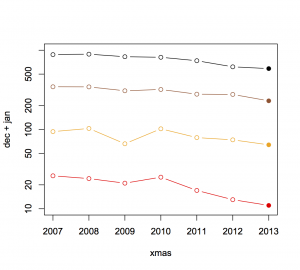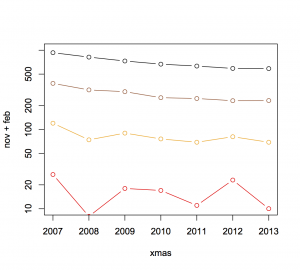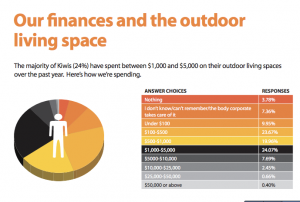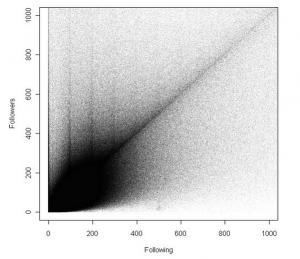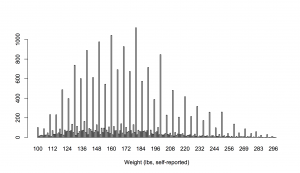Speed, crashes, and tolerances
The police think the speed tolerance change last year worked
Last year’s Safer Summer campaign introduced a speed tolerance of 4km/h above the speed limit for all of December and January, rather than just over the Christmas and New Year period. Police reported a 36 per cent decrease in drivers exceeding the speed limit by 1-10km/h and a 45 per cent decrease for speeding in excess of 10km/h.
Fatal crashes decreased by 22 per cent over the summer campaign. Serious injury crashes decreased by 8 per cent.
According to data from the NZTA Crash Analysis System, ‘driving too fast for the conditions’ was one of the contributing factors in about 20% of serious injury crashes and 30% of fatal crashes over the past seven years. The reductions in crashes seem more than you’d expect from those reductions in speeding.
So, I decided to look at the reduction in crashes where speed was a contributing factor, according to the Crash Analysis System data.
Here’s the trend for December and January, with the four lines showing all crashes where speed was a factor, those with any injury, those with a severe or fatal injury, and those with a fatality. The reduced-tolerance campaign was active for the last time period, December 2013 and January 2014. It looks as though the trend over years is pretty consistent.
For comparison, here’s the trend in November and February, when there wasn’t a campaign running, again showing crashes where speed was listed in the database as a contributing cause, and with the four lines giving all, injury, severe or fatal, and fatal.
There really isn’t much sign that the trend was different last summer from recent years, or that the decrease was bigger in the months that had the campaign. The trend of fewer crashes and fewer deaths has been going on for some time. Decreases in speeding are part of it, and the police have surely played an important role. That’s the context for assessing any new campaign: unless you have some reason to think last year was especially bad and the decrease would have stopped without the zero-tolerance policy, there isn’t much sign of an impact in the data.
The zero tolerance could be a permanent part of road policing, Mr Bush said.
“We’ll assess that at the end of the campaign, but I can’t see us changing our approach on that.”
No, I can’t either.
